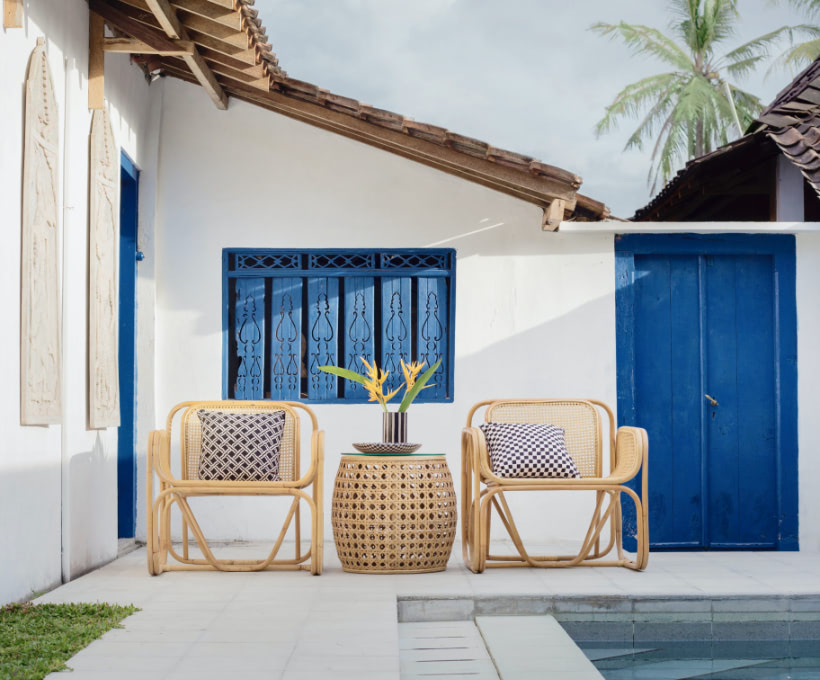Address
304 North Cardinal
St. Dorchester Center, MA 02124
Work Hours
Monday to Friday: 7AM - 7PM
Weekend: 10AM - 5PM
Address
304 North Cardinal
St. Dorchester Center, MA 02124
Work Hours
Monday to Friday: 7AM - 7PM
Weekend: 10AM - 5PM

A high-quality PVC inflatable product is not simply “cutting + bonding”, but requires refined control through 6 core processes. As a manufacturer with 8 automated production lines, we regard process details as the core of differentiated competition. Here is a breakdown of the key links from raw materials to finished products for you.
1st Process: Precision Cutting. CNC numerical control cutting machines are used instead of traditional manual cutting, with the error controlled within ±0.5mm. For complex patterns such as the curved backrest of inflatable sofas and the irregular edges of inflatable pools, the cutting path is preset through 3D modeling to ensure that the size of each piece of fabric matches accurately, laying the foundation for subsequent splicing.
2nd Process: High-Frequency Heat Sealing. This is the core guarantee for the airtightness of inflatable products. We use 1500W high-frequency heat sealing machines, adjusting the heat sealing temperature (120℃-150℃) and pressure (5-8kg/cm²) according to the thickness of the PVC fabric to achieve deep fusion of fabric molecules. The heat sealing width is controlled at 10-15mm to form a “double sealing edge”. Tests show that the airtightness of the heat-sealed part is 90% higher than that of ordinary glue bonding, which can withstand air pressure impact of 0.3MPa.
3rd Process: Valve Installation. The valve is a key component for inflation and sealing. We adopt the “embedded heat sealing + thread reinforcement” process to seamlessly bond the food-grade ABS valve with the PVC fabric. At the same time, 3 layers of reinforcing cloth are added at the root of the valve to avoid valve falling off or air leakage after long-term use. According to different scenarios, one-way valves (for inflatable toys), two-way valves (for inflatable mattresses) and quick deflation valves (for inflatable pools) are designed.
4th Process: Detail Reinforcement. Special reinforcement is applied to the stress-bearing parts of inflatable products: the connection between the armrest and the seat surface of the inflatable sofa adopts the “triangular splicing + double-thread sewing” process; a circular reinforcing sheet is added around the inflation port of the swim ring; the bottom of the foldable bathtub adopts double-layer PVC composite fabric to improve load-bearing performance (a single barrel can bear more than 150kg).
5th Process: Preliminary Inspection and Inflation Test. After the splicing of each product is completed, the appearance is first inspected (checking the flatness of the heat-sealing line and no damage to the fabric), and then a 24-hour airtightness test is carried out – inflate the product to 1.2 times the rated air pressure, let it stand in a normal temperature environment, and a pressure drop of ≤5% is qualified. Unqualified products are directly returned to the factory for disassembly and remanufacturing.
6th Process: Final Inspection and Packaging of Finished Products. The final inspection includes size review, weight inspection, and certification mark pasting (such as CE and FDA marks). Qualified products are packaged in vacuum compression (saving transportation space), and a maintenance manual and repair kit are built-in.
It is the strict control of these 6 processes that keeps the product repair rate below 0.5% and wins the long-term trust of global customers.